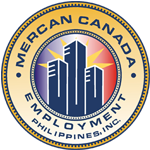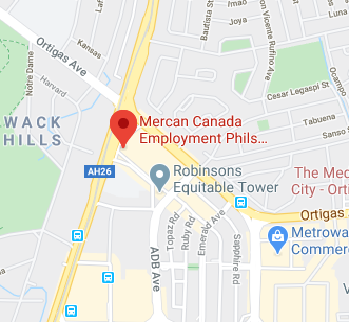Examination and entry (temporary residents)
These instructions are an overview of the process for port of entry (POE) examinations. For comprehensive instructions on POE examinations, see ENF 4 – Port of entry examinations (PDF, 1.17MB).
On this page
Process at POEs
Border services officers must be satisfied that all admissibility requirements have been met before authorizing entry of a foreign national to Canada.
Step 1 – Primary inspection line
The foreign national arrives at a POE and is examined at a primary inspection kiosk or by a border services officer at the primary inspection line.
The foreign national is admitted to Canada if the border services officer or primary inspection kiosk is satisfied that the foreign national meets the admissibility requirements. Otherwise the foreign national is referred for a secondary examination.
Step 2 – Secondary examination
At immigration secondary, a border services officer examines the foreign national, including reviewing documentation and Canada Border Services Agency (CBSA) systems, to determine admissibility.
If the person is admissible, then the officer may do the following (this list is not exhaustive):
- stamp the subject’s passport if applicable or requested
- issue the appropriate temporary resident document
The border services officer may also require that a deposit be posted to ensure the person complies with the terms and conditions imposed.
If the person is alleged to be inadmissible, then the border services officer
- may write a report, per subsection 44(1) of the Immigration and Refugee Protection Act (IRPA), outlining the allegations of inadmissibility and forward it to a Minister’s delegate for review
- may issue a temporary resident permit (TRP) to overcome the admissibility temporarily and admit entry to Canada
- shall allow the person to withdraw their application and leave Canada if the person chooses to do so; see subsection 42(2) of the Immigration and Refugee Protection Regulations (IRPR) for the exception
Step 3 – Minister’s delegate review
A Minister’s delegate reviews the report of alleged inadmissibility.
If the report is found valid, then the Minister’s delegate upholds the report and decides on the disposition of the case.
The disposition depends on the allegations and circumstances of each case and may include
- referring the case to an admissibility hearing
- allowing the person to leave Canada
- issuing a TRP
- issuing a removal order
The Minister’s delegate may decide if a detention is warranted.
If the report is found not valid, then the Minister’s delegate may take no action on the report and authorize the person to enter Canada, or they may prepare another report with the accurate allegation.
Length of stay
A border services officer at the POE determines the length of time a temporary resident may remain in Canada, per subsection 183(2) of the Immigration and Refugee Protection Regulations (IRPR).
Note: In general, stamps issued by a border services officer at a POE are valid for a period of 6Â months from the date of entry. If a client does not receive a stamp in their passport due to being processed through a primary inspection kiosk, the client receives a validity period of 6Â months from the date of entry.
If a handwritten date has been placed under the stamp, the period of authorized stay expires on that date. As border services officers are not required to place a stamp in a client’s passport at the primary inspection line or primary inspection kiosk, when a client leaves and seeks re-entry to Canada, the border services officer may elect not to stamp the passport. The subject then receives a 6-month visitor status at the time of the new entry.
If parents and grandparents who possess the temporary resident super visa or letter of introduction have a stamp in their passport with no handwritten date, or if they have no stamp, then the period of authorized stay is 5Â years from the date of entry.
See Determining duration of visits for more information.
General conditions
Border services officers at a POE may impose prescribed conditions on a temporary resident at the time of entry.
Conditions are imposed to ensure that the foreign national adheres to the period and purpose for which they sought entry. Conditions also make foreign nationals aware of the need for formal authorization before extending that period or varying the purpose of their stay.
- Section R183 outlines the following conditions imposed on every temporary resident:
- They may not engage in work without authorization.
- They may not engage in studies without authorization.
- They must leave Canada by the end of the period authorized for their stay.
- Section R184 lists specific conditions imposed on members of a crew.
- Section R185 states that an officer may impose, vary or cancel conditions.
Once admitted, temporary residents may apply to do any of the following:
- change their conditions
- change their status
- extend their status within Canada


